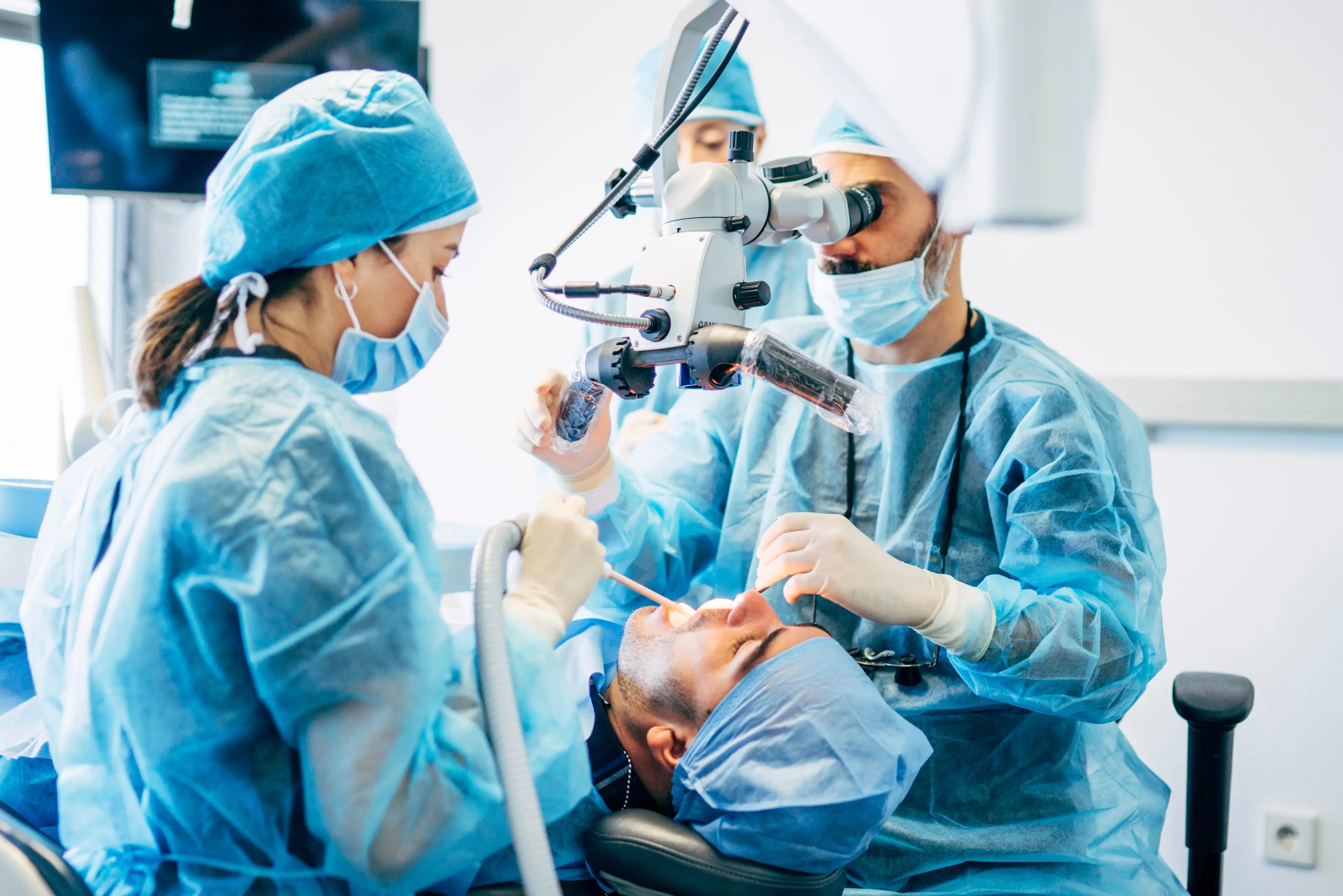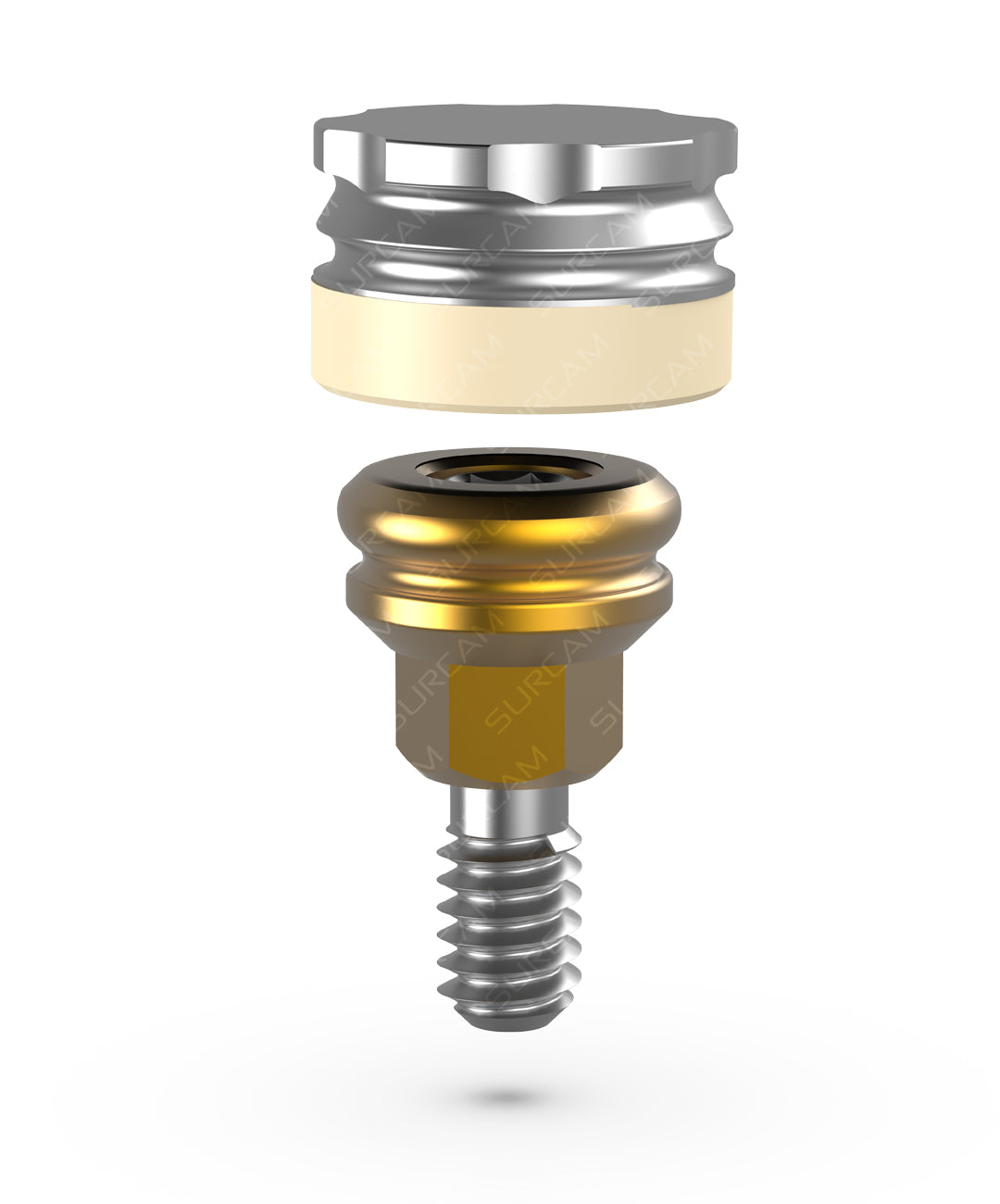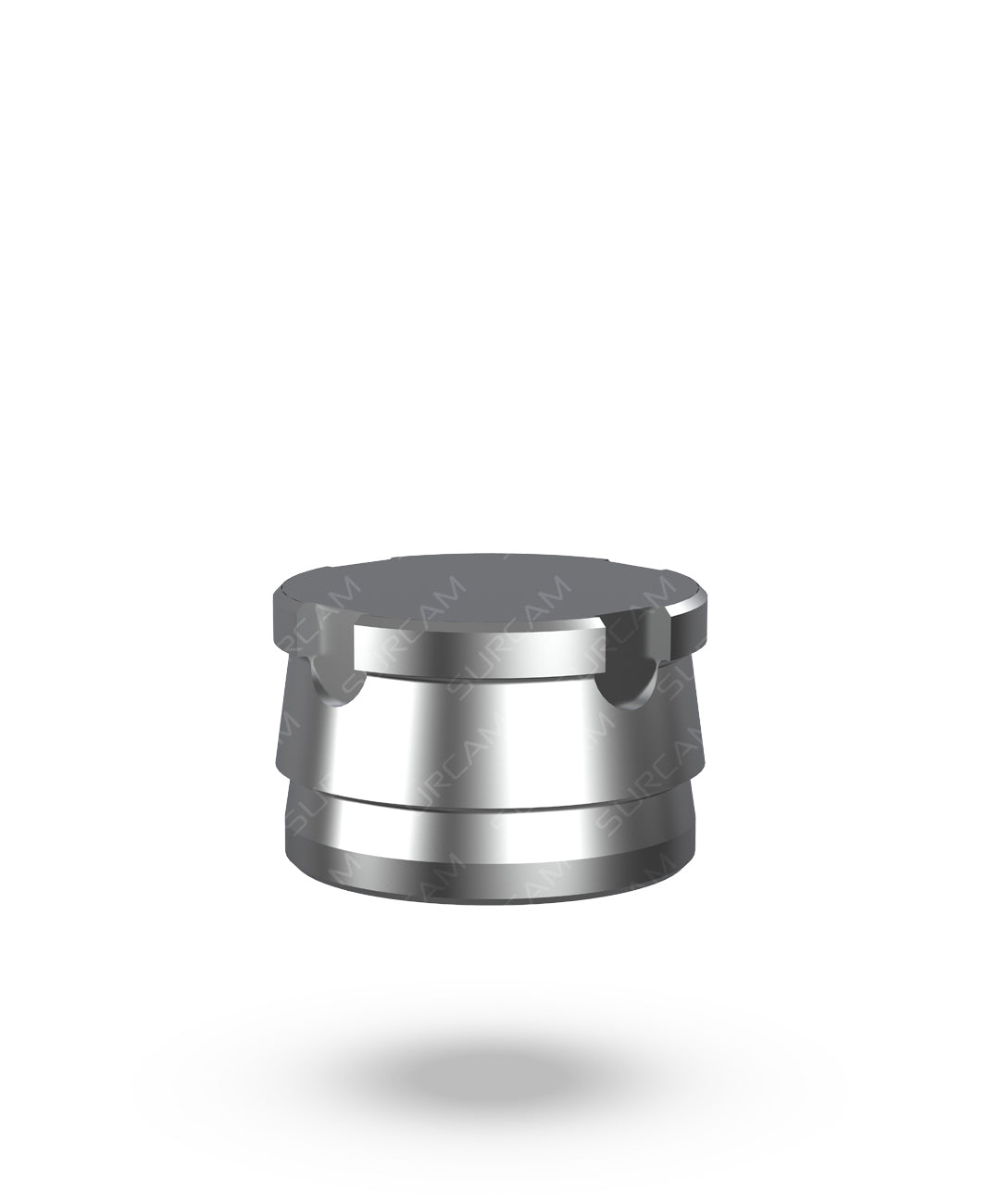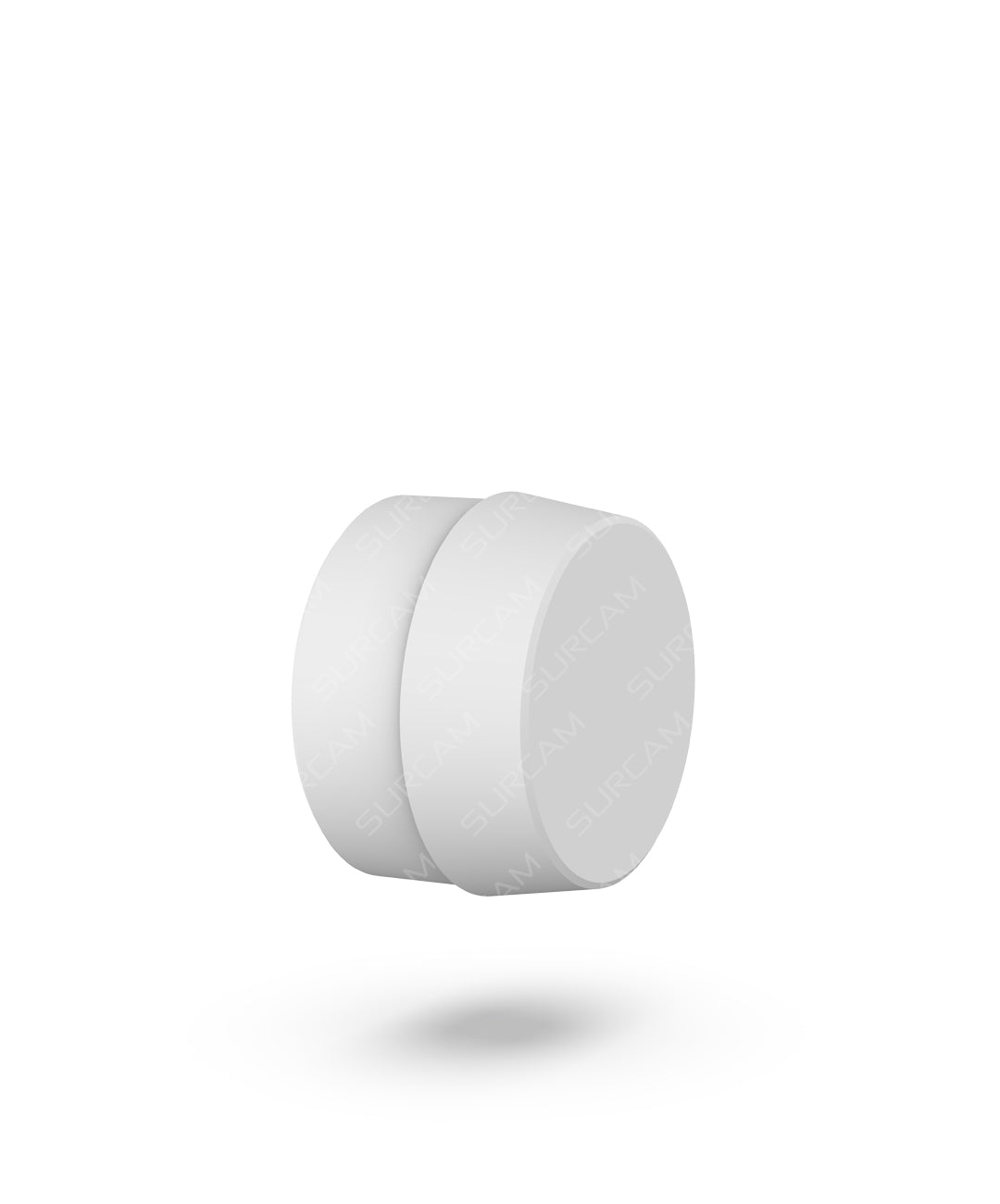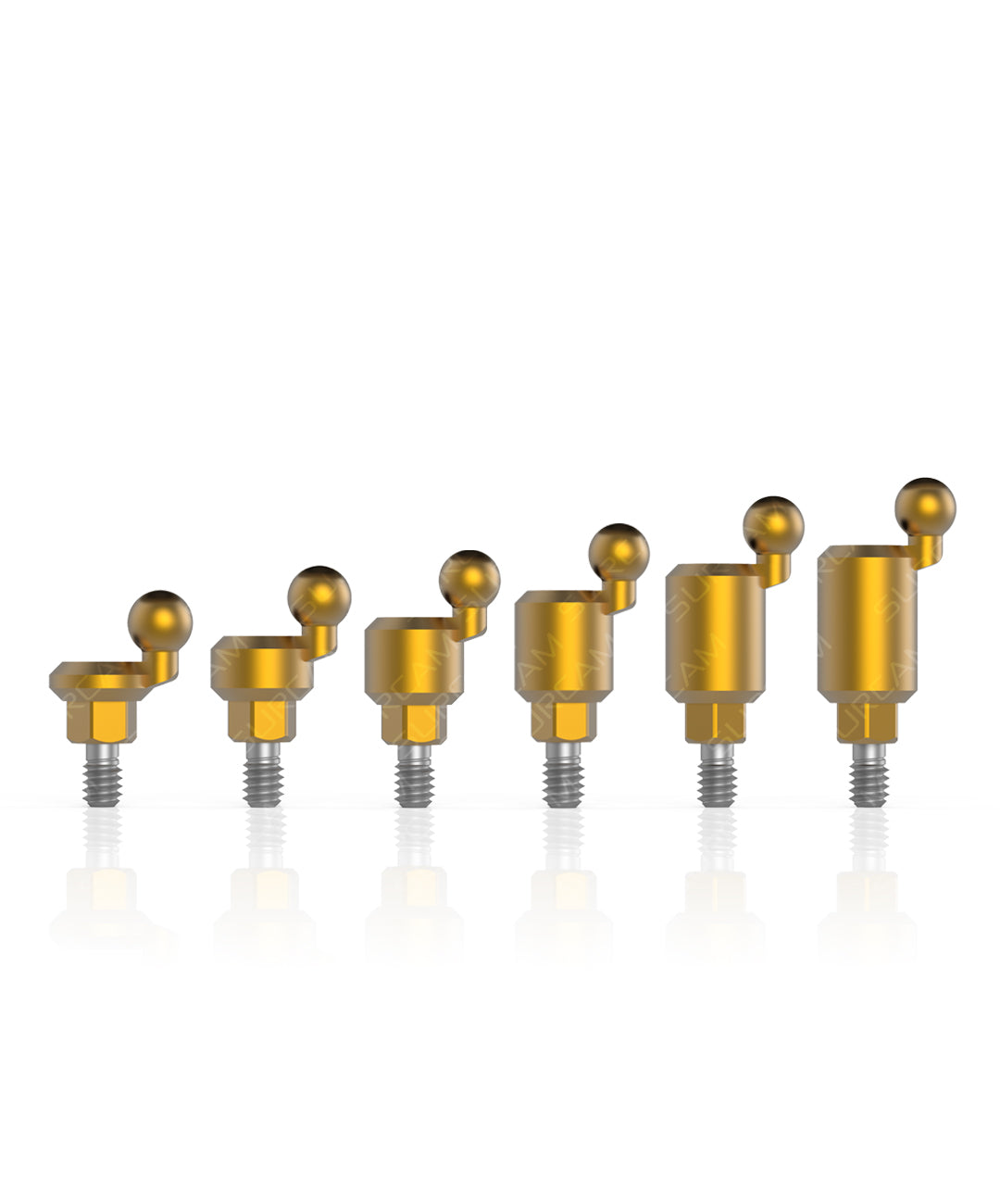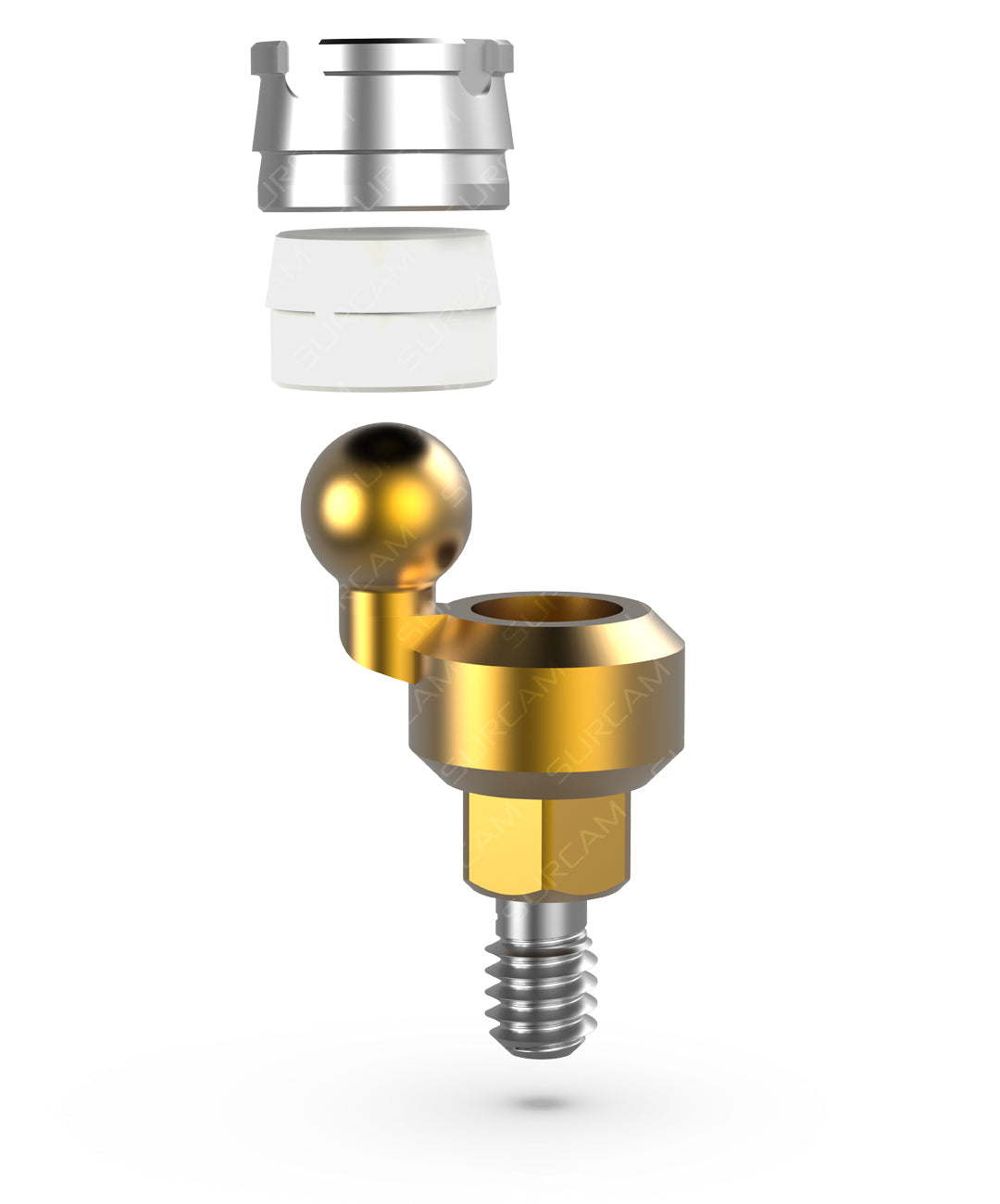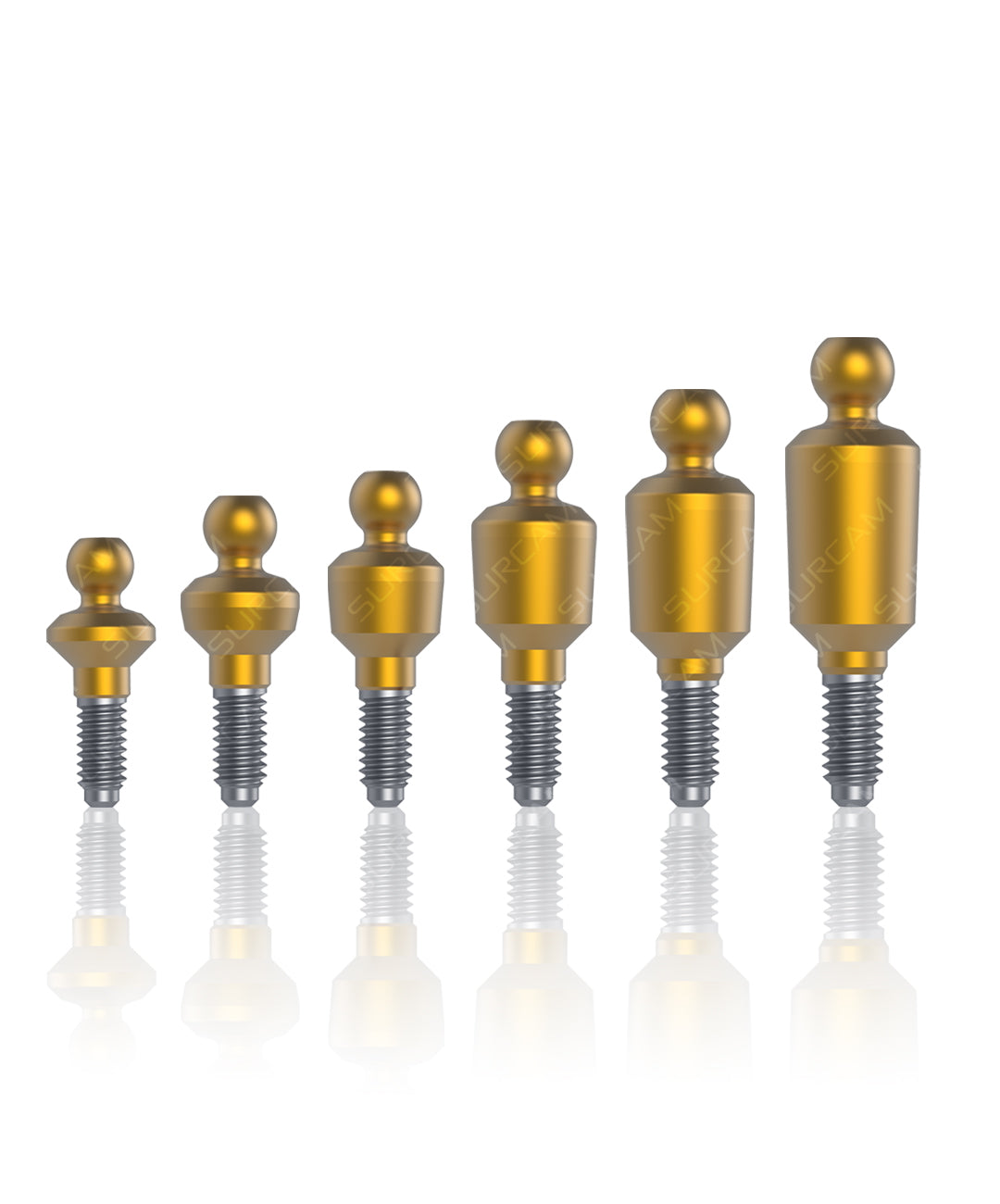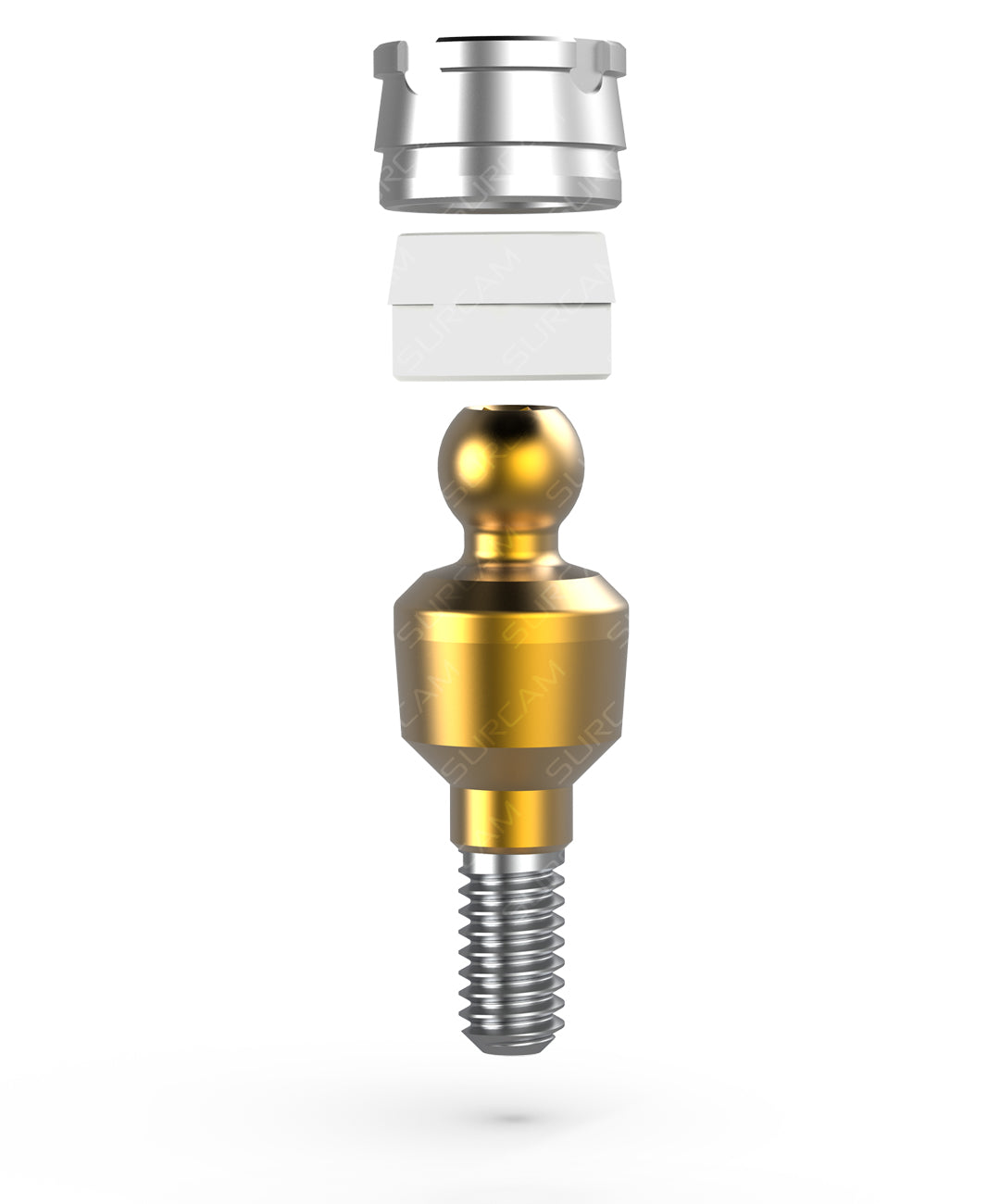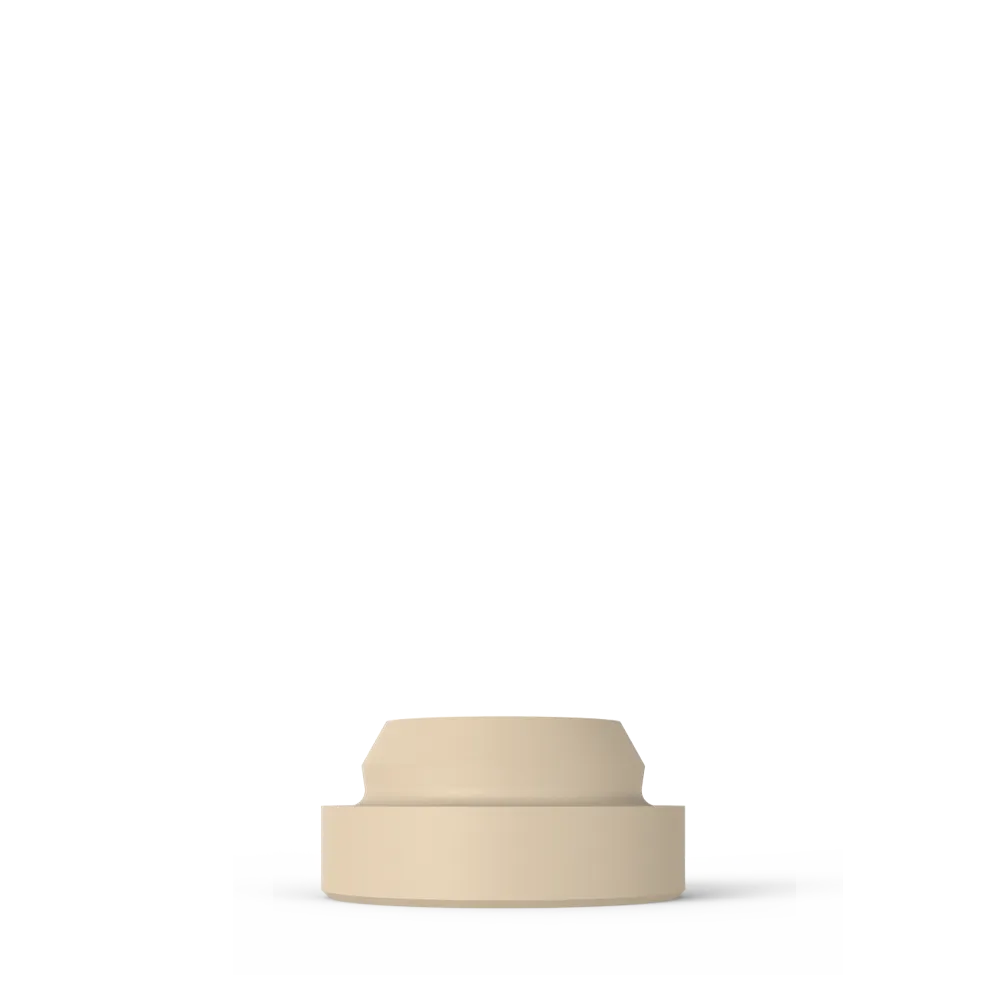Understanding Implant Overdentures
An implant overdenture is a removable prosthesis that fits onto dental implants using systems such as locator, ball, or bar attachments. This hybrid design retains the hygiene and removability of a denture while gaining the stability, chewing efficiency, and bone preservation associated with implant support.
How Implant Overdentures Work
Each implant receives a restorative abutment that mechanically engages a matching housing inside the denture base. When seated, the connection provides firm retention during chewing while still allowing the patient to remove the prosthesis for cleaning. This approach minimizes denture movement, reduces soft-tissue irritation, and maintains healthier peri-implant tissue compared with traditional dentures.
Types of Overdenture Attachment Systems
Locator-Type Systems
Low-profile titanium abutments paired with replaceable inserts provide controlled retention and allow moderate divergence correction. These systems are often chosen when vertical restorative space is limited or esthetics are a priority.
Ball-Attachment Systems
A simple male–female O-ring design provides resilient retention and straightforward maintenance. Ball overdentures are widely used for two-implant mandibular solutions due to their reliability and ease of service.
Bar-Retained and CAD/CAM Overdentures
A splinted titanium bar unites multiple implants, improving load distribution and reducing component fatigue. Clip-on housings engage the bar to provide stable retention and support long-span prosthetics. CAD/CAM workflows allow fully customized bar designs for predictable tissue adaptation.
Clinical Advantages
Implant overdentures improve stability, mastication, phonetics, and patient confidence. By transferring forces to implants rather than tissues, they reduce sore spots and help preserve the residual ridge. Retention can be adjusted by selecting different insert strengths, and the removable nature of the prosthesis simplifies hygiene for long-term peri-implant health.
When to Consider an Implant Overdenture
Implant overdentures are indicated for patients who are fully edentulous or struggling with conventional dentures, especially when affordability, hygiene access, or anatomical limitations make fixed full-arch options less suitable. They are also common in cases with limited bone, graft-avoidance preference, or as a transitional option before choosing a fixed prosthesis.
Overdenture Components Overview
- Implant Fixture – anchors the system within bone
- Locator or Ball Abutment – provides mechanical retention
- Housing and Retentive Insert – determines retention level
- Multi-Unit Abutment – creates a parallel platform for hybrid workflows
- Ti-Base or Bar Framework – supports CAD/CAM and bar-retained designs
- Torque Tools – ensure accurate seating and long-term maintenance
Maintenance and Longevity
Overdenture systems require periodic replacement of retentive inserts due to normal wear. Inserts are color-coded for retention strength and can be replaced chairside. Routine torque verification and hygiene evaluations help maintain long-term function and prevent premature component fatigue.
Summary
Implant overdentures offer a predictable, cost-effective, and clinically stable solution for patients seeking improved comfort and retention over traditional dentures. With proper component selection and maintenance, they support long-term oral health and provide excellent functional and esthetic outcomes for both mandibular and maxillary cases.







